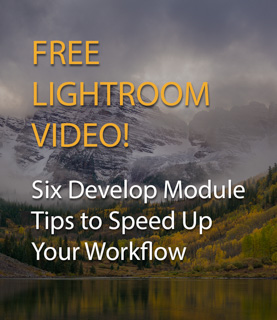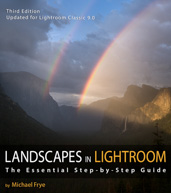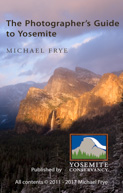Light and Weather
by Michael Frye | Nov 29, 2020 | Light and Weather
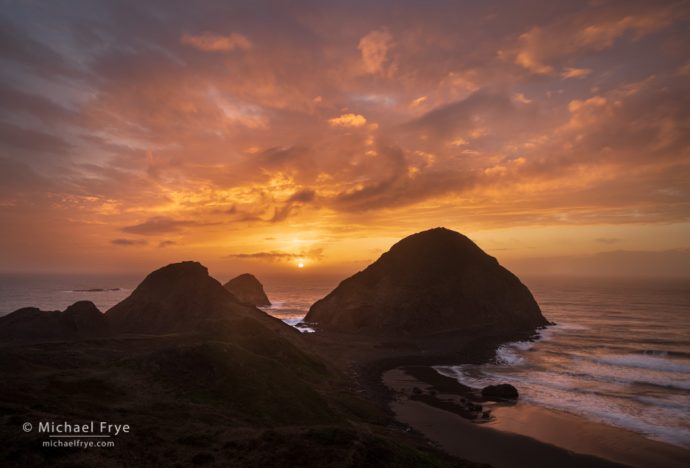
Sunset, Oregon Coast
Claudia and I have been on the road again. We made our way up the Oregon Coast, then to Bellingham, Washington, to visit family, then back to Oregon again.
We’ve been enjoying some wild weather along the coast. While California has been mostly dry, we’ve encountered clouds, rain, fog, wind, and big waves – all fun stuff for a landscape photographer, despite sometimes having to dodge sheets of rain blowing sideways.
(more…)
by Michael Frye | Oct 25, 2020 | Light and Weather, Travels and Stories
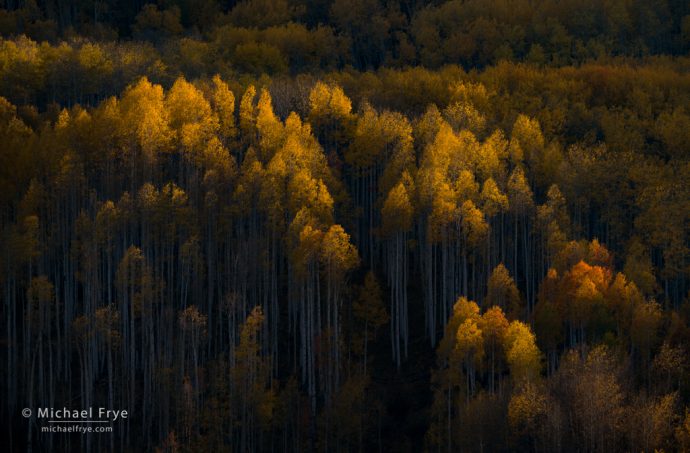
First light on aspens, Colorado. I waited for the sun to come up over a ridge and rake across this hillside, thinking that the first light catching the tops of the trees might be interesting. This turned out to be one of my favorite images from the trip. 297mm, 1/45th sec. at f/11, ISO 100.
After photographing fall color in northern Utah, and then having our course deflected toward Dinosaur National Monument, Claudia and I did finally make our way to the aspen groves in Colorado.
As we were quickly discovering on this trip, the pandemic has made outdoor recreation especially popular this fall, so well-known spots were busier than usual, and campsites hard to come by.
But there are lots of aspens in Colorado. Millions of them. If you’re in Colorado at elevations between 8,000 and 10,000 feet, there are bound to be aspens nearby. We didn’t have a particular timetable, so we looked at maps, picked out some likely spots, and just went.
(more…)
by Michael Frye | Aug 30, 2020 | Light and Weather, Night Photography
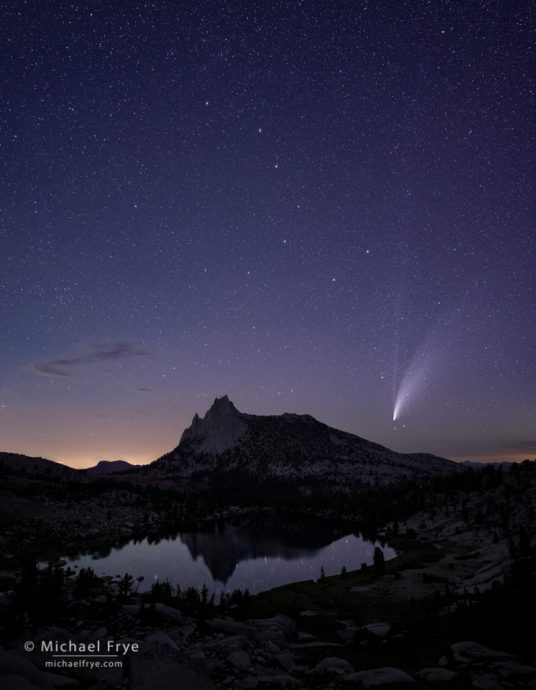
The Big Dipper and Comet NEOWISE over an alpine lake, Yosemite. 9 frames blended with Starry Landscape Stacker to reduce noise, each at 15 seconds, f/1.8, ISO 6400. I also made a lighter exposure for the landscape at 2 minutes and f/1.8, ISO 6400, and blended that with the other frames in Photoshop. All that was done just to reduce noise. The camera was locked on a tripod throughout that process, and nothing was stretched, distorted, or added. In other words, the comet and stars really were there, in that exact position over the lake and peak, at 11:06 p.m. on July 18th.
Before my journey to Death Valley, Claudia and I made a couple of trips to the Yosemite high country to try to photograph Comet NEOWISE.
On our first attempt we hiked to a high, alpine lake where I thought we could get a good view of the comet. It was one of those summer days in the Sierra with lots of clouds building up and forming scattered thunderstorms. I knew the clouds might interfere with comet viewing, but with that weather pattern the clouds usually dissipate quickly after sunset, so it seemed worth a try. And maybe the clouds would give us an interesting sunset.
(more…)
by Michael Frye | Aug 26, 2020 | Light and Weather
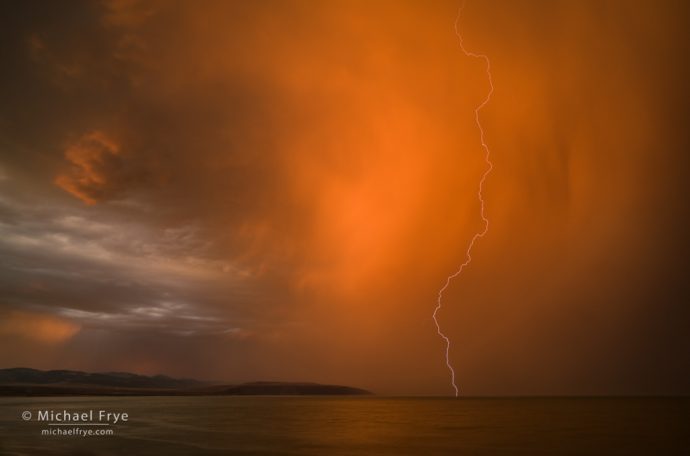
Lightning at sunset, Mono Lake, California
As most of you know, an unusually-strong series of thunderstorms reached California the weekend before last (August 15th and 16th), and dry lightning sparked numerous wildfires. Two of those fires (the LNU Complex and the SCU Complex) have become among the largest in state history. Our hearts go out to those who have lost homes and loved ones in the fires.
The lightning reached the San Francisco Bay Area in the early-morning hours on Sunday, August 16th. Claudia and I were in Lee Vining (near Mono Lake) that day, and things were quiet that morning, but thunderstorms moved into the area from the south that afternoon.
(more…)
by Michael Frye | Jul 26, 2020 | Light and Weather
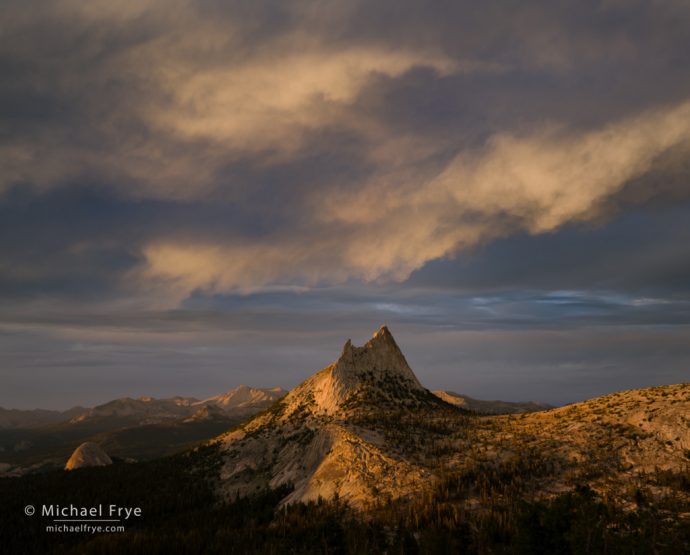
Peak and clouds, Yosemite. 32mm, 1/15th sec. at f/11, ISO 100.
Summer is the dry season in California. Typically, in most of the state, one sunny day follows another, for months on end.
But there are a couple of exceptions. Along the coast, summer is the foggiest time of year. Fog can be so persistent that some spots may barely see the sun for days, or even weeks.
(more…)
by Michael Frye | May 26, 2020 | Composition, Light and Weather
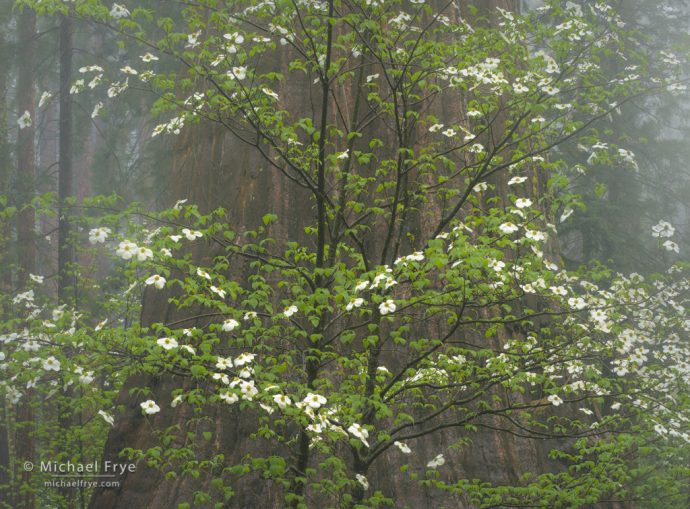
Dogwood and giant sequoia in the fog, Sierra Nevada, California. Fog is a wonderful complement to forest scenes; here, some ephemeral fog lasted just long enough for me to capture this image. 70mm, polarizer, 0.7 seconds at f/16, ISO 100.
People seem to love trees and forests. I know I do.
But forests can be difficult to photograph. Natural forests are usually a study in chaos, with haphazard arrangements of branches, trunks, logs, and leaves. There’s an organic order to all that, with trees and understory plants growing to take advantage of small patches of sunlight, and a cycle of birth, growth, death, and decay.
But visual order can be hard to find amid all that clutter. The chief challenge in photographing forests is usually finding a way to simplify things, and make order out of chaos.
(more…)







